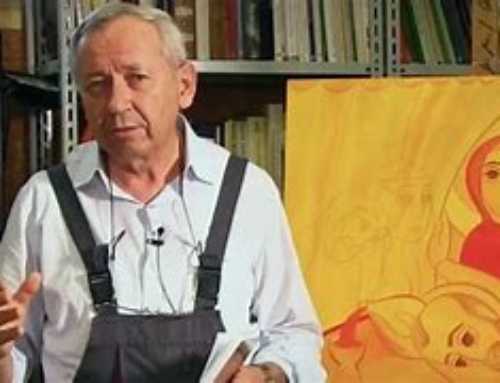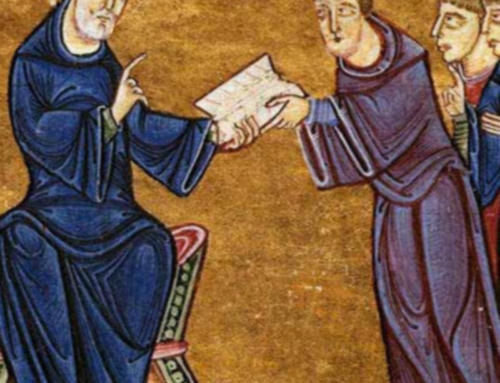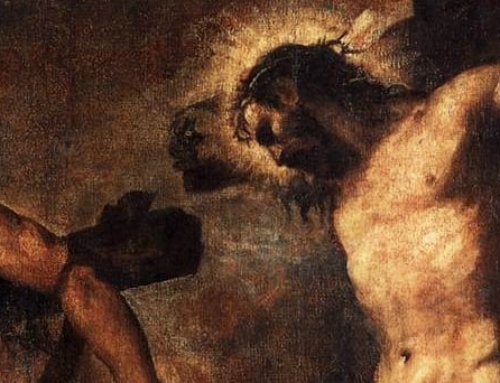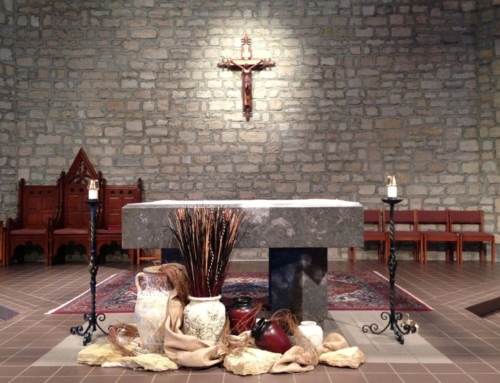Today we celebrated Our Lady Mother of the Church, and as a convert you’ll forgive me for being confused on a matter about which I have heard very little discussion.
It’s this: why are there so many different Marys? Have you ever thought about this? First you’ve got all the images of Mary associated with her role: Our Lady Help of Christians, Our Lady Undoer of Knots, Our Lady of the Rosary, Our Lady of Sorrows, Our Lady of Good Counsel. Our Lady of Joyful Hope…etc.
Then you have all the Marys associated with various places: Our Lady of Walsingham, Our Lady of America, Our Lady of Guadalupe, Our Lady of Fatima, Lourdes, la Salette, Kibeho and more. If you go to the Church of the Annunciation in Nazareth or the Shrine of the Immaculate Conception in Washington you see chapels dedicated to all the different Marys built by the different national groups.
Why? I’m being curious not critical. We don’t do this for other saints. There is not a St Peter of Poland and a St Peter of Italy, St Peter of Spain or St Peter of Scotland. Our Lord appears in different images–Christ the Crucified, Christ the King, the Risen Lord etc…but nothing like the variety or geographical identities we have for the Blessed Mother.
So I asked an old Irish priest about this once when visiting in his parish. It was a Saturday night during the time I was working for the St Barnabas Society in England and most Saturdays we’d end up after supper with a few drinks in the rectory.
I got to love these Irish priests. They were good, hard working, humble men who usually had that Irish sense of sly humor.
So he ponders my question and says, “You know it’s a good question. I think all the different expressions of our Blessed Lady are a bit like your Miss America contest. All the girls come along and you know they are all very beautiful in their own way. So much variety and so much talent and beauty! Each one has a sash saying where they’re from. Here Miss Idaho. There Miss Alabama. Here Miss Hawaii. There Miss Massachusetts. Really, you know each one of them is Miss America. So it is with all the different Our Ladys. They are all her, but they are all unique too. Look here. Are you keeping that whisky all to yourself?”
So on this memorial of Our Lady Mother of the Church this conversation came back to me and I thought how beautiful it is that Our Blessed Mother appears in so many different guises. This, I believe, is a perfect illustration of her as Mother of the Church. Her different expressions show both the diversity and unity of the church. Our Lady of Salette is her and so is Our Lady of Naju in Korea. Our Lady of Kibeho is her but so is Our Lady of Czestochowa. She is Our Lady of Walsingham and Our Lady of LaVang.
This illustrates a couple of other important principles. Firstly, this is her role in evangelization. Her apparitions and her appearances in different guises shows that the faith itself must be spread. Furthermore, when it is, the faith itself must be adaptable. To evangelize successfully the faith is inculturated–but in the correct way. That which must be changed must be changed. That which cannot be changed cannot be changed. As Mary appears as a Mexican mestizo, or as an oriental, or as she appears in French peasant costume in la Salette or as a medieval Queen, so the gospel itself assumes different costumes while remaining the same. Mary Mother of the Church therefore shows us stubborn people what the glory of the church truly is.
It is not bound by our own cultural restrictions. It is not bound by the attitudes and expressions of our own time period. Mary is bigger than all that, and yet she humbles herself to adopt our ways and appear in a way that we can accept. This also instructs us in the method of evangelization. We speak the language of those to whom we are preaching as St Paul did, but through that we communicate the timeless and unchanging message of God’s love and the redemption of the world by our Lord Jesus Christ.
Mary Mother of the Church also shows what we cannot change. She always calls for repentance, faith and prayer. She is always grieved and horrified by sin. She always goes straight to the point. She is always Mary the Mother of the Lord. She always points to her Son.







Fr. Longenecker,
I thought about this very thing awhile back. Some good insight by the Irish Monk.
If I ever get to visit your Parish in Greenville, I’ll bring some Polish Vodka to share or beer, whatever your preference.
God bless.
St. Anthony of Padua to the Italians, St. Antony of Lisboa to the Portugese – but you still win.